Before the COVID-19 pandemic, many city and state leaders set lofty college attainment goals in preparation for the “future of work”—a phrase that describes the potential impact artificial intelligence (AI) and robotics will have on jobs, skills, and wages. For instance, in February 2019, Gov. Gretchen Whitmer of Michigan set a state goal to increase the percentage of adults over age 25 with a college degree or high-quality certificate from roughly 44% to 60% by 2030.
However, many of these leaders are experiencing significant setbacks as colleges and universities faced overall declines in 2020 enrollment due to COVID-19—down 2.5% from the prior year (a loss of about 400,000 students), according to the National Student Clearinghouse Research Center. Community colleges are seeing the sharpest declines, which is sobering considering how vital these institutions are for disadvantaged students.
A new report from the Detroit Regional Chamber found that the area’s share of high school graduates who did not enroll in any postsecondary education in 2018 increased to 32% (and to nearly 50% in the city of Detroit) from the previous five years. These trends foreshadowed a pandemic dip of students who completed the Free Application for Federal Student Aid (FAFSA). The Chamber reported that applications across the state declined 16% in 2020-21 academic year from the prior year. In the Detroit region, 23,297 students did not complete their FAFSA in the 2019-20 school year, leaving $224 million in federal aid unclaimed.
The Black adult population in the Detroit region has the lowest rate of postsecondary completion at 26%, but it has the region’s largest share of its population with “some college, no degree” (13%). It’s hard to see how states like Michigan can reach established goals if its largest metropolitan area is seeing significant enrollment and attainment declines.
Among the many existing structural problems in our economy that the pandemic has exposed and heightened are the barriers that curb college degree attainment among disenfranchised groups. One of those is student debt.
Debt is an albatross for low-income students
Although students’ access to and preparedness for college remain important factors in their enrollment decisions, the prospect of taking on significant loan debt may be a growing barrier. While face-to-face classes in college certainly dropped in 2020, the number of online offerings exploded—theoretically increasing access to higher education. But individuals are deciding that the cost of attendance is too prohibitive, even as we see in real time the disappearance of many jobs that don’t require a college degree.
“We had no money for it,” Brian Williams, a Black high schooler in Texas who decided not to apply to college, told NPR in December. “And I’m not trying to go into debt and pay that for the rest of my life.”
College enrollments typically increase during economic downturns, as workers try to reskill themselves for jobs that are in greater demand. For example, between 2007 and 2010, postsecondary institutions saw a 16% jump in enrollments due to the Great Recession. This pattern has held true for every recession going back to the 1960s. But the COVID-19 recession may be different—many families and individuals are prioritizing their household budgets, and for low-income students, taking out student loans to prepare for an uncertain job market isn’t practical.
Compounding these debt problems is the fact that many low-income students are dropping out of college for economic, health, and access reasons. And once the interest-free moratorium on federal student loan payments ends, borrowers who aren’t enrolled will have to start paying them back—and many will default.
A new Brookings report shows student debt cancellation could be a powerful tool in the Biden’s administration’s effort to address racial inequality in the country. We found that debt cancellation has the broad effect of reducing the racial wealth gap, and that the more debt is cancelled, the greater the racial wealth gap is reduced. Our findings provide support for proposals that would cancel more student debt than the $10,000 per person that President Joe Biden has floated—in line with Sen. Bernie Sanders’ (I-Vt.) campaign proposal for total debt cancellation, or up to $50,000 per person as Sen. Elizabeth Warren (D-Mass.) has proposed.
In lieu of a comprehensive federal policy, regions and cities should strongly consider debt cancellation as a way to increase college degree attainment rates for Black students and remove the albatross of student loans.
The ‘K-shaped’ recovery is punishing non-degreed workers
As the economy continues to hurt low-income workers, regional leaders like those in Michigan must do everything in their power to offer more free college and debt forgiveness if they want to get back on track toward their college attainment goals.
This is especially important now because the pandemic’s rapidly changing job market is presenting a daunting challenge for non-college-educated workers. According to the Congressional Research Service, the April 2020 unemployment rate was 21.2% for workers with no high school degree, compared to 8.4% for workers with a bachelor’s degree or higher.
The pandemic hastened what experts predicted before the crisis: a downsizing in many low-wage, low-skilled occupations. According to the Federal Reserve Bank of New York, 57% of high-wage workers have jobs that were adapted to remote work, compared to 7% of low-wage workers. As a result, low-wage workers have seen a 14% decrease in employment while high-wage workers have seen a 1% increase, speaking to the “K-shaped” recovery that economists describe.
A college degree is directly connected to higher wages. In 2018, the hourly wage of the average high school graduate was $18.45, compared to $33.36 for college graduates. Even so, individuals and families are increasingly grappling with how student debt mitigates those higher earnings. Soaring debt both impedes wealth-building and discourages students (including returning adults) from starting or finishing their degree. States and regions that want to improve their talent pipeline must find ways to eliminate debt.
Models from Detroit to increase enrollment and decrease debt
To renew efforts to increase degree attainment—including support for students caught in the “some college, no degree” category—we need to embrace solutions that decrease debt and provide genuine opportunities for wealth-building. The Detroit region, despite recent enrollment declines, has existing programs and initiatives focused on debt relief or cancellation that other cities can draw inspiration from.
In 2015, the Detroit Regional Chamber announced the Detroit Regional Talent Compact, a collective impact initiative bringing together key stakeholders from business, philanthropy, government, and K-12 and higher education to accomplish two connecting goals: increase the postsecondary attainment rate to 60% and reduce the racial equity gap by half by 2030. The initiative has earned widespread attention and led the Lumina Foundation to name Detroit a Talent Hub model for other cities .*
Improving the wealth profiles of low-income residents and increasing investments in existing programs that eliminate debt are key to achieving these goals. In Detroit, such initiatives include:
- Detroit Promise: A tuition-free pathway to two- and four-year programs for graduating seniors. This program can increase the share of college graduates without cumbersome debt, allowing tomorrow’s workers to build wealth more quickly.
- The Detroit Promise Path: Part of Detroit Promise, this program offers a network of on-campus coaches to provide counseling support for students as well as monthly financial assistance to offset unexpected expenses.
- Detroit Regional Chamber debt forgiveness: A partnership between the Chamber and three Michigan postsecondary institutions (Henry Ford College, Oakland University, and Wayne State University) that forgives unpaid institutional debt among students who previously attended those colleges but never earned a degree.
- Detroit Reconnect: A service for adults who have completed some college education or would like to attend college for the first time. Detroit Reconnect offers adults who have “some college, no degree” enrollment assistance into the region’s debt forgiveness programs.
In 2019, there were 44 million U.S. borrowers who collectively owed $1.5 trillion in student debt. Local initiatives like the ones above take small steps toward recognizing the need for debt-free college options. But without a robust federal debt cancellation policy, regions and cities may not be able to slow enrollment declines, and will only trim the edges of indebtedness.
Preparing students for a future that’s already here
There are more Black students enrolled in postsecondary education now than at any other point in our nation’s history—a direct result of previous generations’ hard work in stripping away barriers steeped in systemic racism.
But the COVID-19 pandemic is turning back many of those gains, illustrating the fragility of progress and highlighting the need for structural change. As with other economic downturns, we need to help college-age adults who’ve seen their job prospects diminish in this K-shaped recovery gain the skills and knowledge that will keep them gainfully employed.
Michigan and Detroit’s goal of achieving 60% postsecondary attainment is within reach. But the “future of work” is already here. Now, the country has an opportunity to propel more people into college with a significant debt cancellation program and a free college strategy that recognizes the importance of higher education in a knowledge economy, as well as the hinderance debt poses in the development of talent.
*The Brookings Institution receives funding from Lumina Foundation, which made achieving the goal of 60% postsecondary education attainment nationwide a primary focus of the organization.
The Brookings Institution is committed to quality, independence, and impact.
We are supported by a diverse array of funders. In line with our values and policies, each Brookings publication represents the sole views of its author(s).
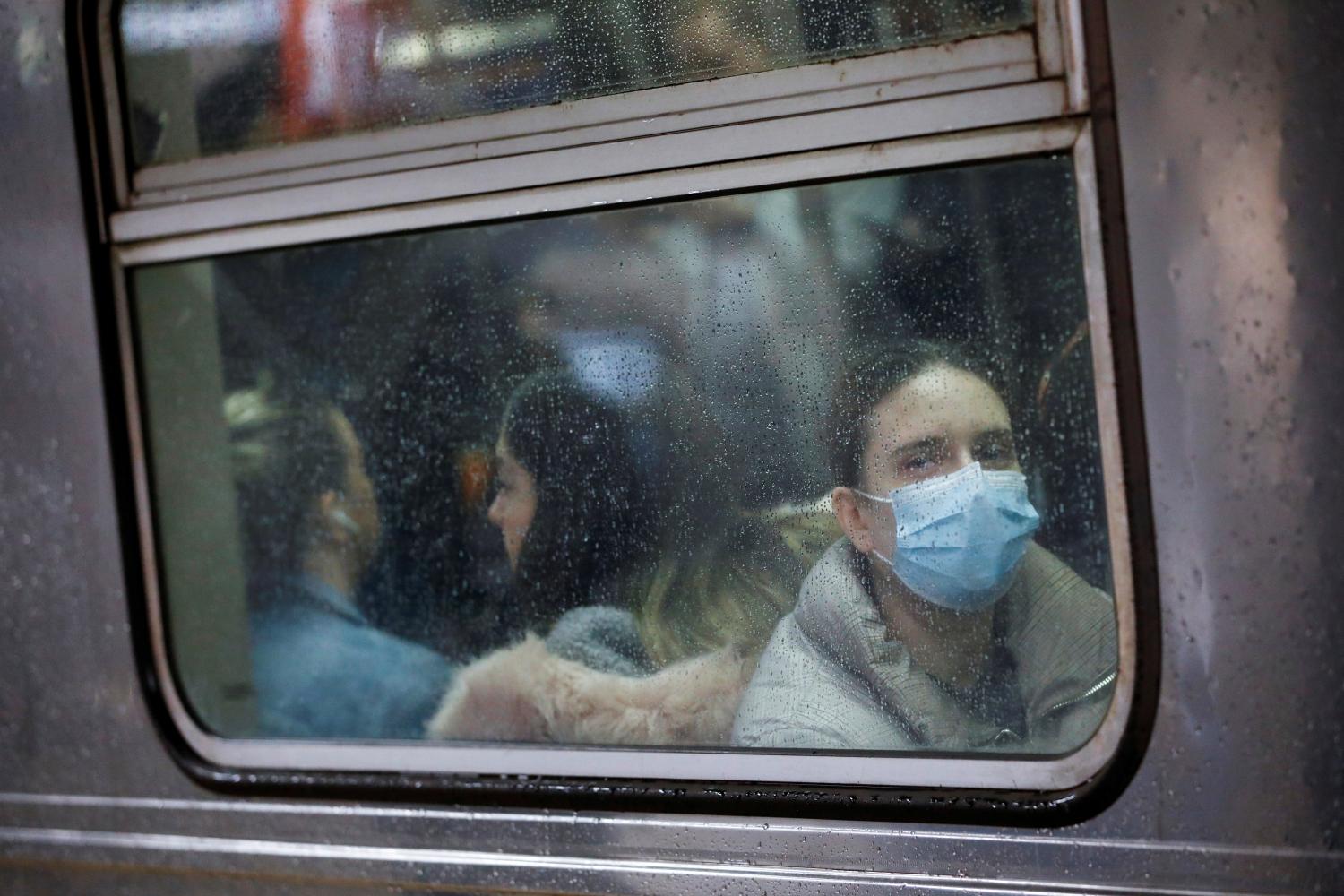
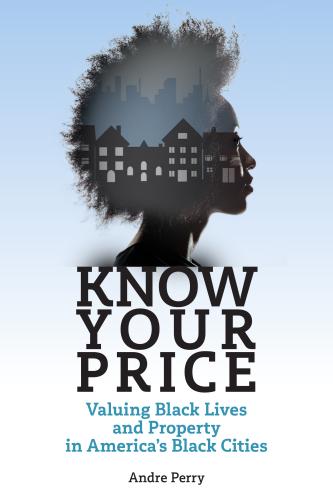
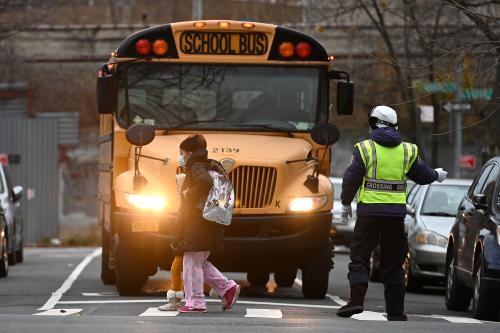
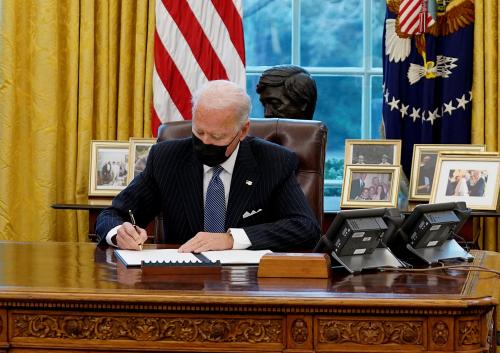




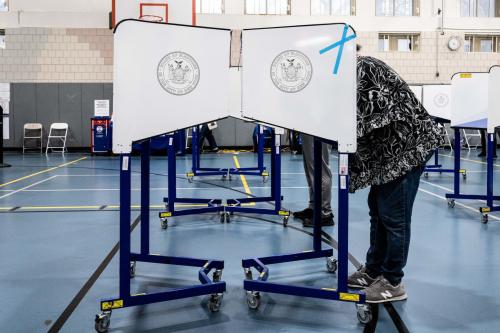
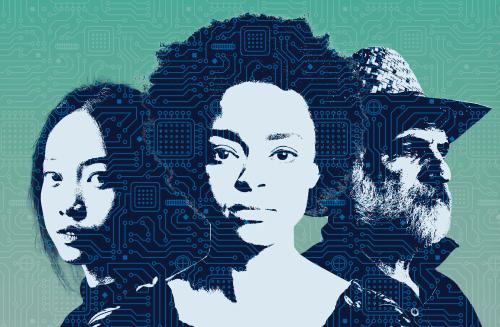
Commentary
Michigan wants to increase residents’ college enrollment, but student debt is holding them back
March 15, 2021